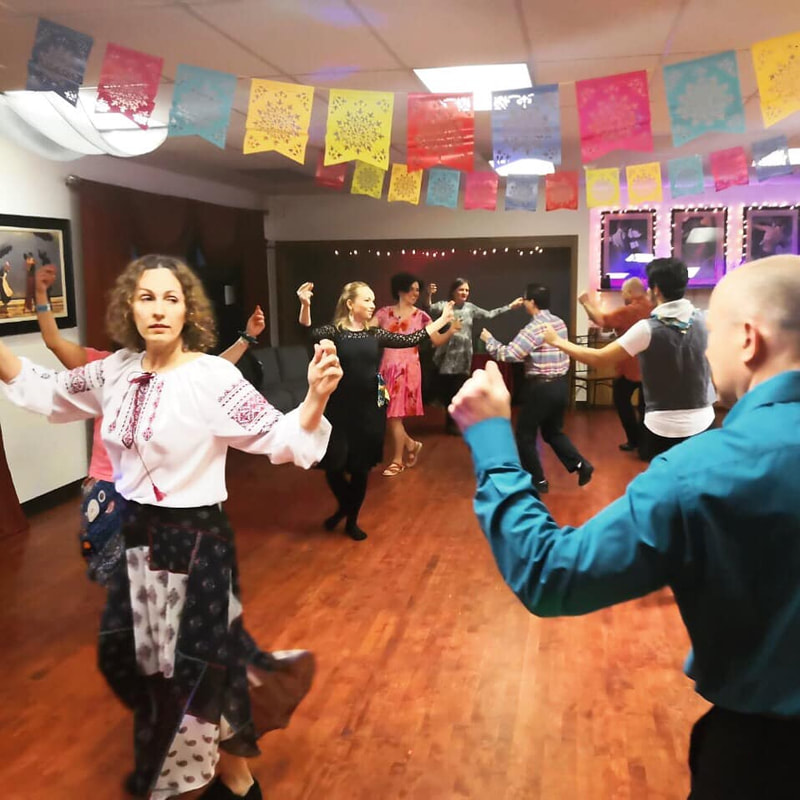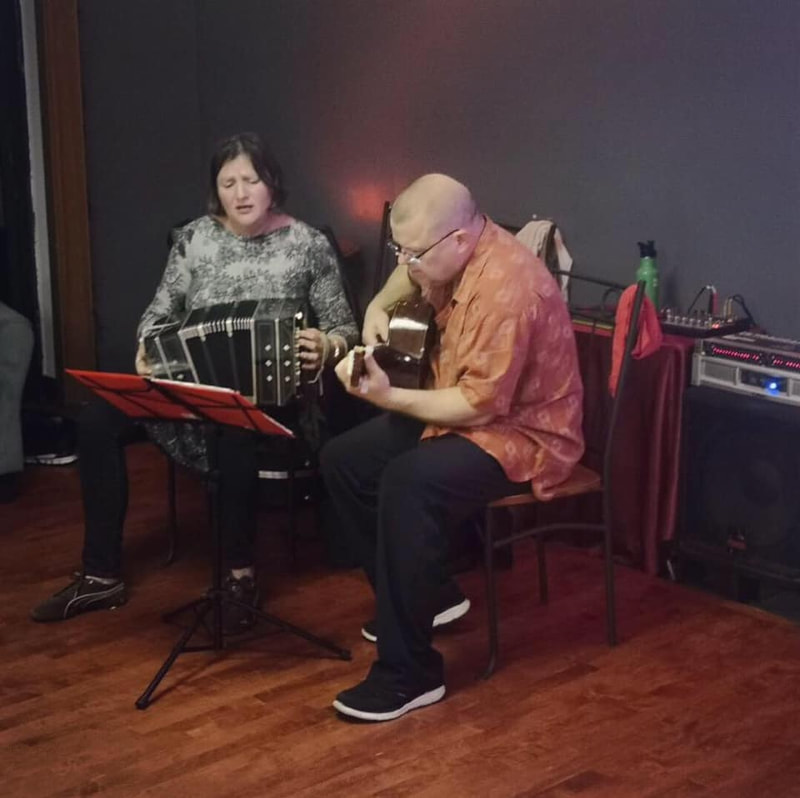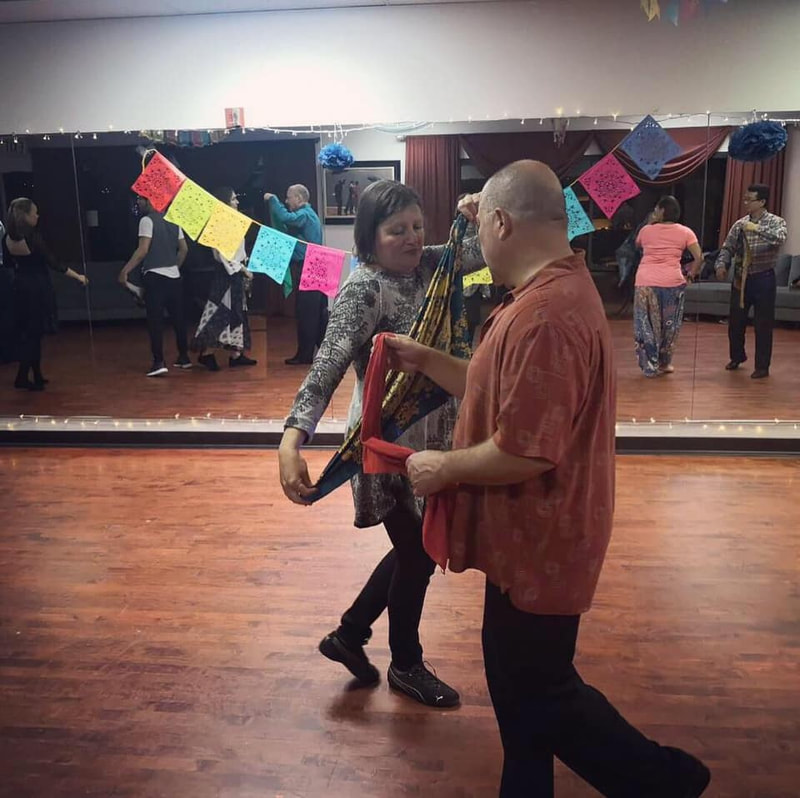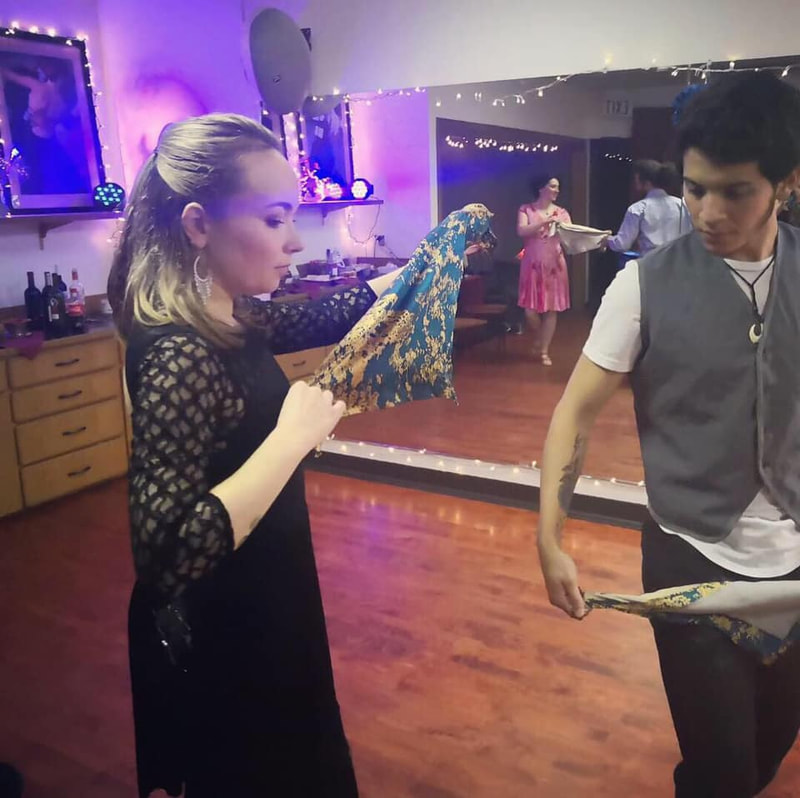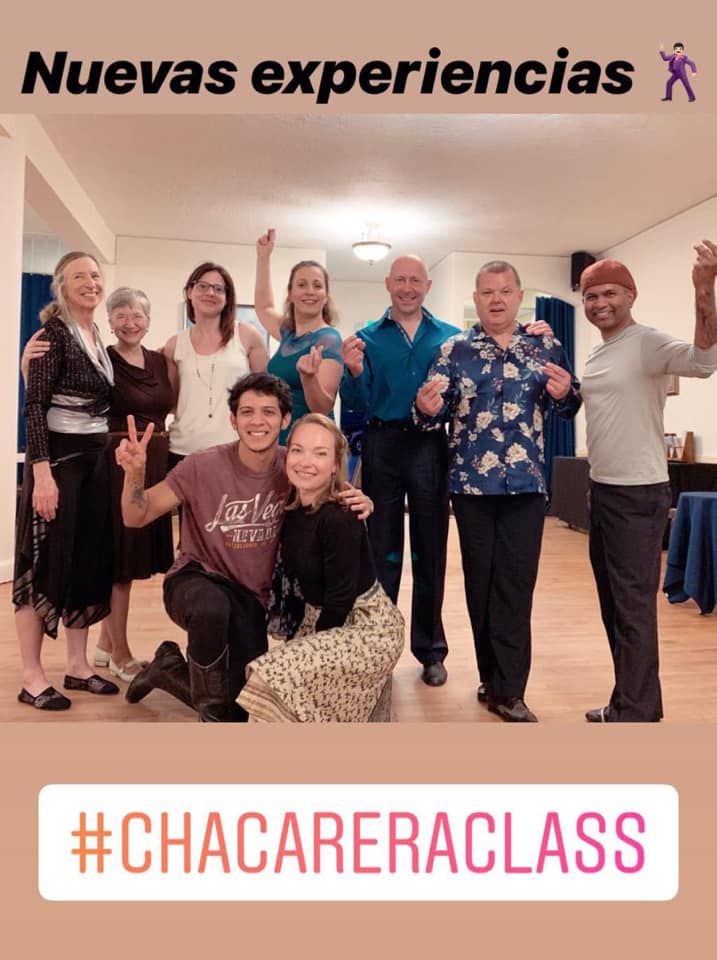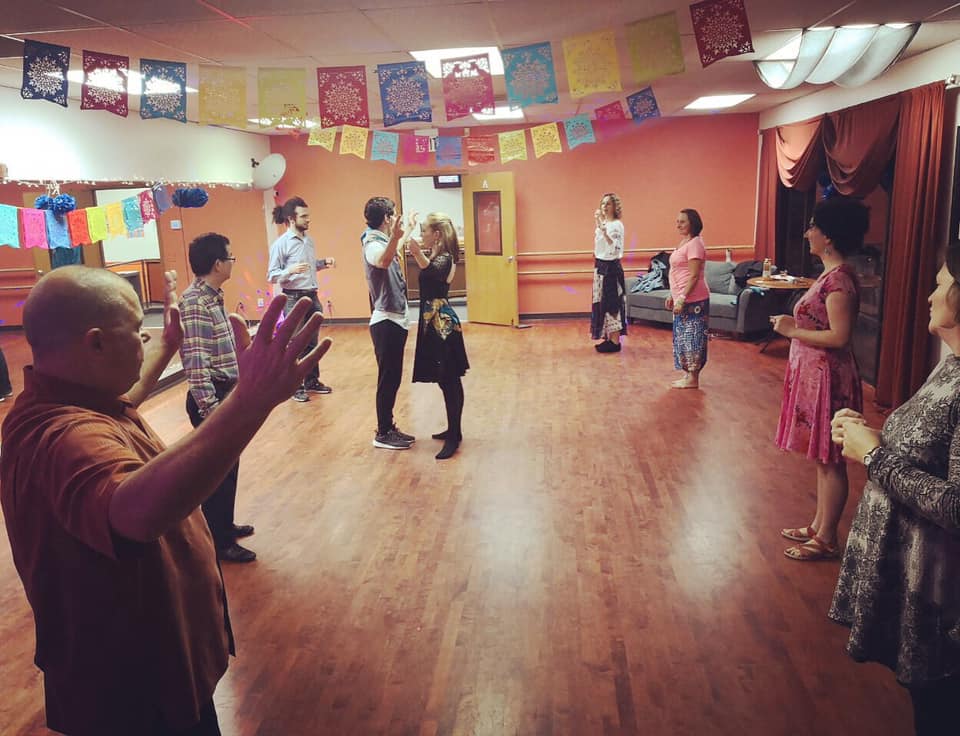For regular group lessons refer to a calendar below
For private lessons contact Kristina 425.749.0989
For dance show performance at your event email ivanova777@gmail.com
For private lessons contact Kristina 425.749.0989
For dance show performance at your event email ivanova777@gmail.com
Group lessons:
$25/person drop-in
Private lessons:
$70 per 1-class (60 minute)
$260 per 4-classes (expires in one month)
contact for availability 425.749.0989 (Kristina) or ivanova777@gmail.com
$25/person drop-in
Private lessons:
$70 per 1-class (60 minute)
$260 per 4-classes (expires in one month)
contact for availability 425.749.0989 (Kristina) or ivanova777@gmail.com
We offer a unique opportunity to study and dance Native Folkloric dances of Argentina, such as Zamba, Zamba Alegre, Chacarera, Chacarera Doble, and Escondido. Get your soul bathed in lyrics that melt your heart in a beautiful love story. Listen to the percusión and loose yourself in a repetitive dance pattern which creates new mind-body pathways.
La Chacarera is relatively simple dance, with only a few basic steps and variations that repeat several times. What makes it special is that it brings pure and incomparable happiness and joy to all dancers, re-establishing connection with the mother-earth.
La Zamba originates in the provinces of Tucuman and Santiago del Estero, in 2007 it was announced to be named national dance of Argentina. La Zamba is considered the most romantic of Argentine folk dances. “In Argentina, zamba is the expression of romance ... it’s the symbol of sweetness, the gentleness of love that is sublime, tender, and sensitive. It’s a part of life.” - says Bernal.
As the sun opens the flower's petals, the zamba opens hearts and souls of every person who comes in touch with it! The romantic music fills up our hearts with warmth, tenderness, hope, and love. The dance movements brings balance and stability to our bodies. While moving in a particular dance pattern to the music, the dancer becomes in deep touch with his emotions and even the subconscious mind can unfold.
La Chacarera is relatively simple dance, with only a few basic steps and variations that repeat several times. What makes it special is that it brings pure and incomparable happiness and joy to all dancers, re-establishing connection with the mother-earth.
La Zamba originates in the provinces of Tucuman and Santiago del Estero, in 2007 it was announced to be named national dance of Argentina. La Zamba is considered the most romantic of Argentine folk dances. “In Argentina, zamba is the expression of romance ... it’s the symbol of sweetness, the gentleness of love that is sublime, tender, and sensitive. It’s a part of life.” - says Bernal.
As the sun opens the flower's petals, the zamba opens hearts and souls of every person who comes in touch with it! The romantic music fills up our hearts with warmth, tenderness, hope, and love. The dance movements brings balance and stability to our bodies. While moving in a particular dance pattern to the music, the dancer becomes in deep touch with his emotions and even the subconscious mind can unfold.
Course: Absolute Beginner Introduction to Argentine Folklore
Course Curriculum:
Class 1. Introduction to basic rhythms of Chacarera and Zamba as musical genres and dances. Learning and practicing footwork in accordance with the relevant rhythms of the music. Coordinating the feet with the percussion of the music, feeling and understanding the relation between feet and percussion.
Class 2. Using material given on the 1st class, we will be practicing more percussion of the feet in Chacarera and Zamba. Introduction to Zamba Alegre as a musical genre, and a dance.
Class 3. As we continue to practice the fundamental footwork of Chacarera and Zamba, we are going to introduce some new basic elements of these dances.
Class 4. Introduction to Escondido as a musical genre and a dance. Coordinating the footwork with the percussion.
Class 1. Introduction to basic rhythms of Chacarera and Zamba as musical genres and dances. Learning and practicing footwork in accordance with the relevant rhythms of the music. Coordinating the feet with the percussion of the music, feeling and understanding the relation between feet and percussion.
Class 2. Using material given on the 1st class, we will be practicing more percussion of the feet in Chacarera and Zamba. Introduction to Zamba Alegre as a musical genre, and a dance.
Class 3. As we continue to practice the fundamental footwork of Chacarera and Zamba, we are going to introduce some new basic elements of these dances.
Class 4. Introduction to Escondido as a musical genre and a dance. Coordinating the footwork with the percussion.
Chacarera Video Tutorials on my YouTube
Course: Argentine Zamba (1A and 1B)
|
Course AZ1A
Class 1. Learning the fundamental steps of Zamba (camino and paso basico repique). Practicing these steps in directions of forward and backward progression (avanzo y retraso) and circle (vuelta entera). Musicality: coordinating feet with the percussion of the music. Class 2. Continuing to practice the basic step with the percussion of Zamba. Practicing the movements: paso caminando, sobrepaso, cambio de orientacion "cierre", cambio de orientacion "directo". Musicality: feeling the relation between feet and percussion. Class 3. Continuing to practice the basic movements, while learning the essential parts of the dance: vuelta entera, arresto, media vuelta. Class 4. Composing the first part of Zamba (fundamental choreography). |
Course AZ1B
Class 1. Learning the fundamental movements of Pañuelo (handkerchief). Coordinating the movements of pañuelo with fundamental steps of Zamba learned in course AZ1. Class 2. Including the movements of pañuelo into the fundamental choreography of the first part of Zamba. Musicality: feeling the relation between feet and percussion; and, pañuelo and melody. Class 3. Composing the second (last) part of Zamba (fundamental choreography). Musicality: understanding the phrasing of Zamba; its lyrical sensual part, and percussion. Class 4. Dancing the entire fundamental choreography of Zamba, making sure each student realizes the components of this dance. Knowing the fundamentals will help to improvise and create variations of your own dance, which will reflect your feelings, messages you want to give, and musicality (lyrical intensity of the music). |
Zamba Video Tutorial on my YouTube
Course: Argentine Chacarera (1A and 1B)
|
Course AC1A
Class 1. Learning the fundamental step of Chacarera (paso basico). Practicing this step in directions of forward and backward progression (avanzo y retraso) and circle (vuelta entera). Musicality: coordinating feet with the percussion of the music. Class 2. Continuing to practice the basic step with the percussion of Chacarera. Learning the basic movemets: "paseo del baile", "colocados en cuadro", "castanedas" (hands position). Musicality: understanding the rhythm of Chacarera. Class 3. Continuing to practice the basic movements, while learning the essential parts of the dance: vuelta entera, giro, media vuelta, giro final. Class 4. Introduction to basic zapateos and zarandeos (mudanzas). Musicality: coordinating mudanzas with the rhythm. |
Course AC1B
Class 1. Composing and learning the first part of Chacarera (fundamental choreography). Class 2. Learning variations in Zapateo and Zarandeo. Understanding the count and order of the figures used in Chacarera Simple. Class 3. Understanding the count and order of the figures used in Chacarera Doble. Learning fundamental choreography. Class 4. Practicing Chacarera Simple and Doble. More variations of zapateos and zarandeos. Dancing the entire fundamental choreography of dos Chacarers, making sure each student realizes the components of each dance and understands the difference in count and order of elements. |
Course: Other traditional dances of Argentina (las danzas nativas)
Photo: Jennifer Richard, Roger Trajano, Kristina Ivanova. All rights reserved (c) 2019
Website content and design: Kristina Ivanova. All rights reserved (c) 2019
Website content and design: Kristina Ivanova. All rights reserved (c) 2019
